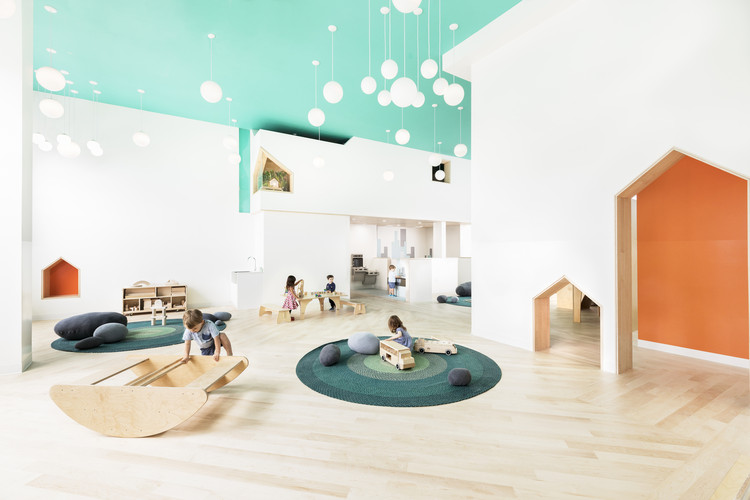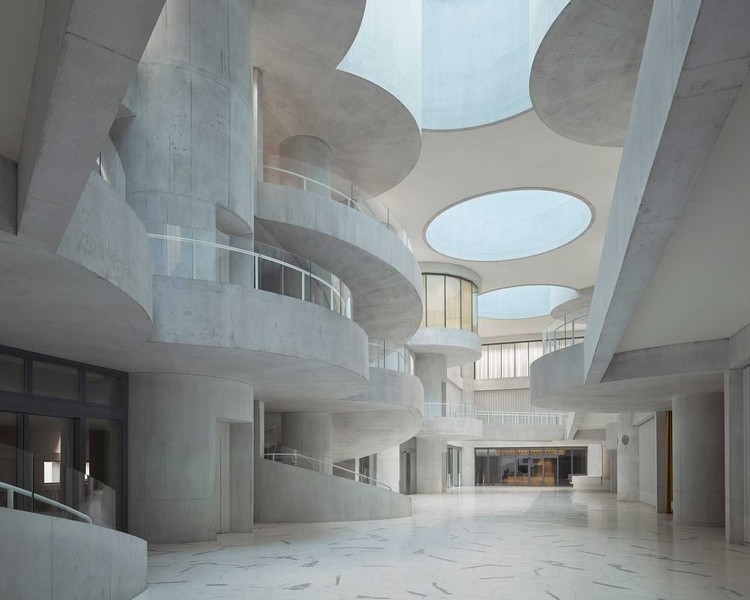
If quarantine has brought something positive into the lives of many people around the world, it is the opportunity to change up our daily routines and dive into new activities that we did not have time or energy for beforehand. Learning and delving into topics that interest us or that are related to our work is one of them.


















